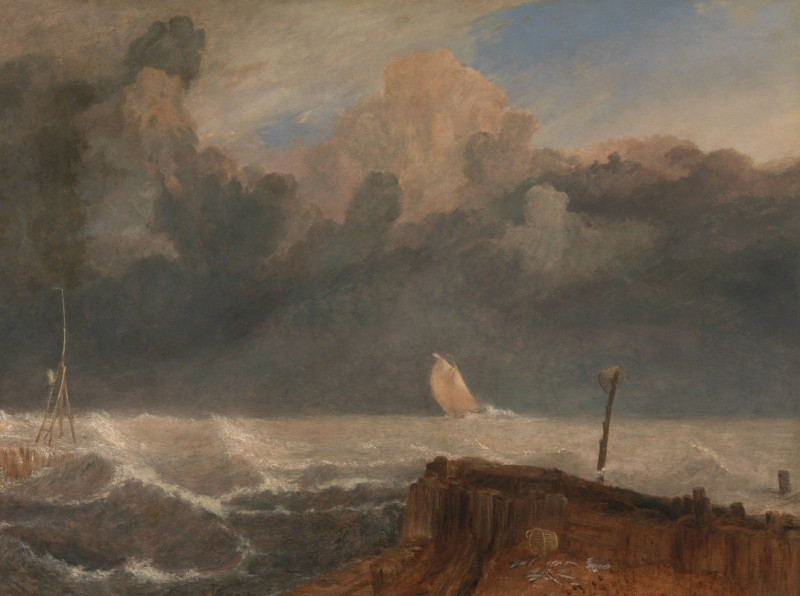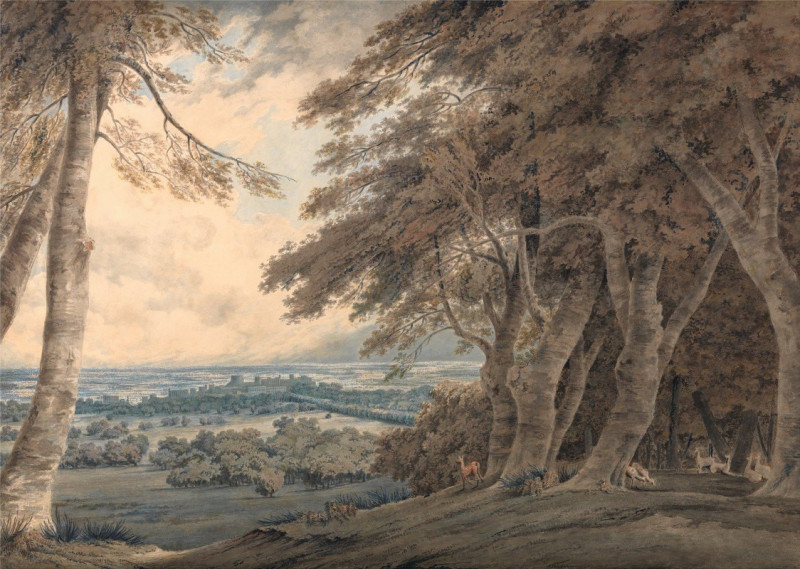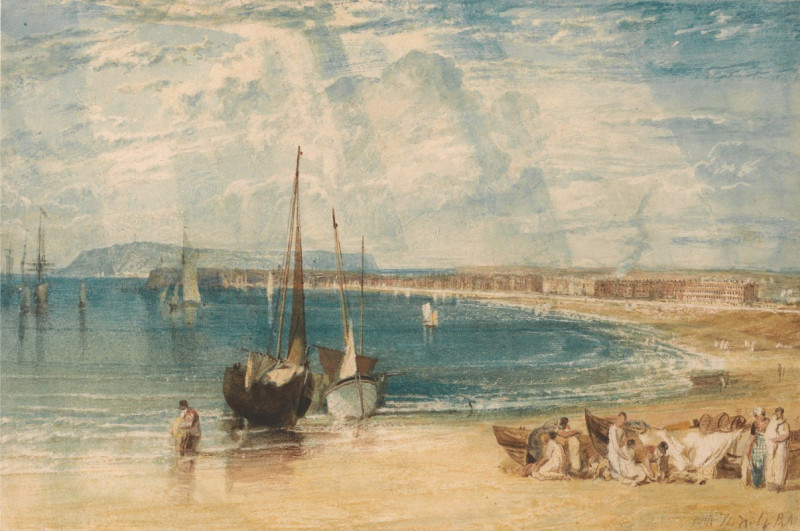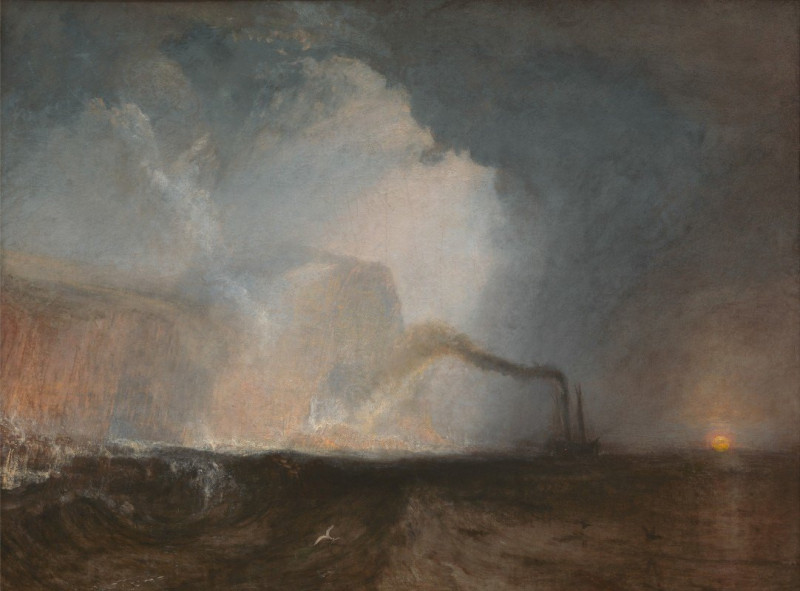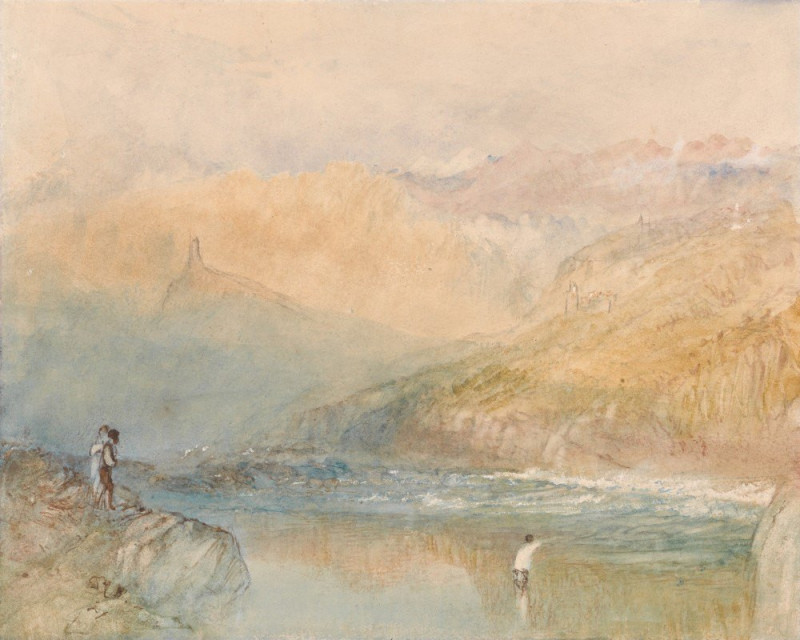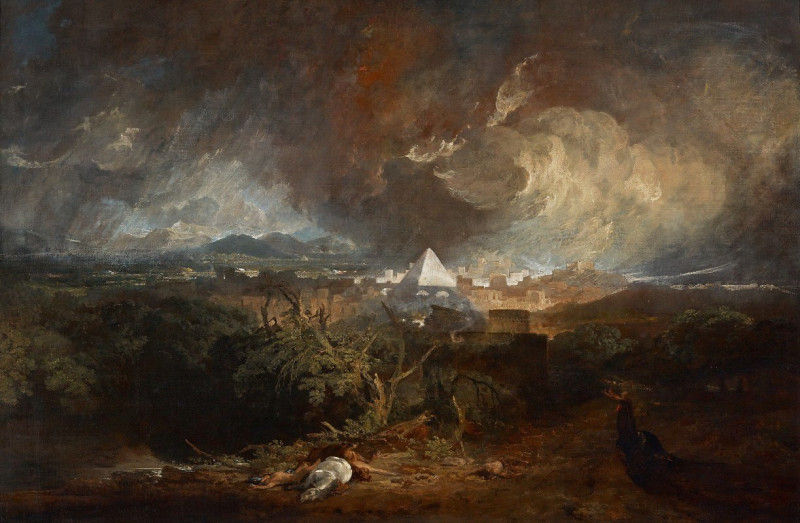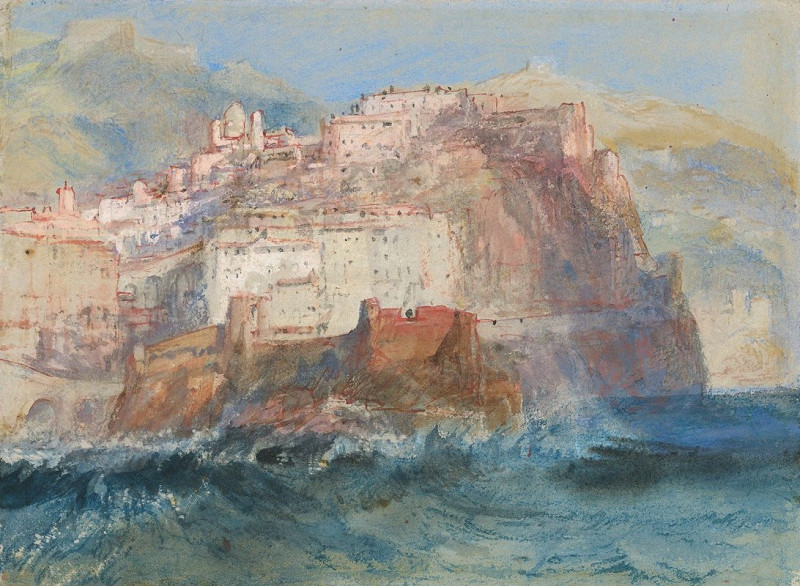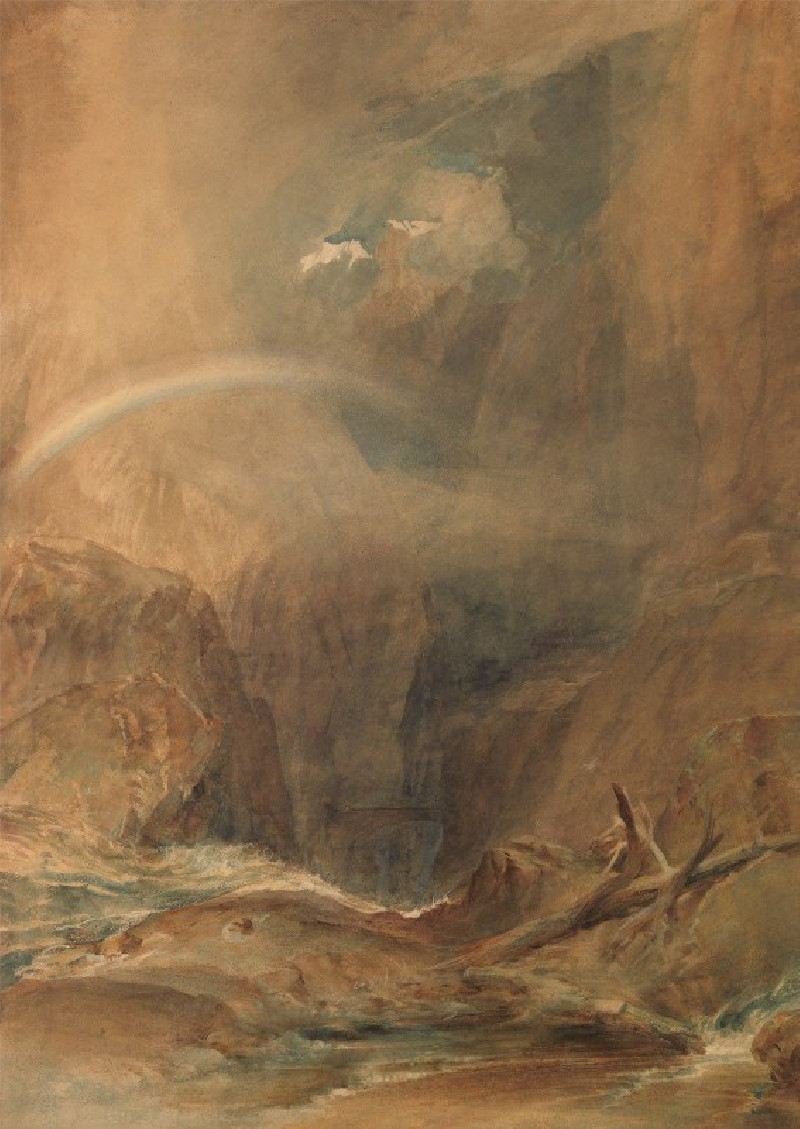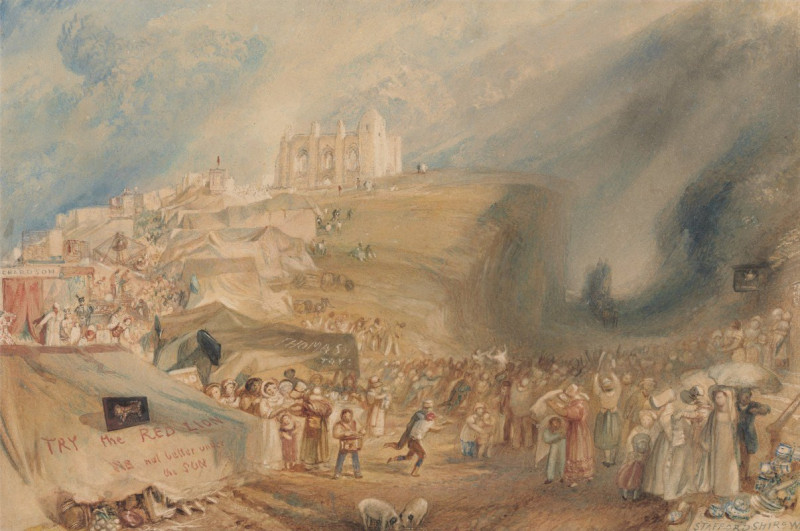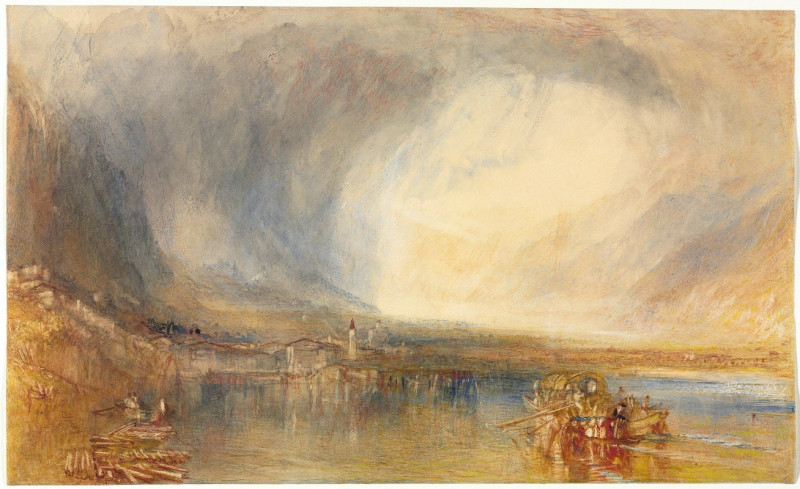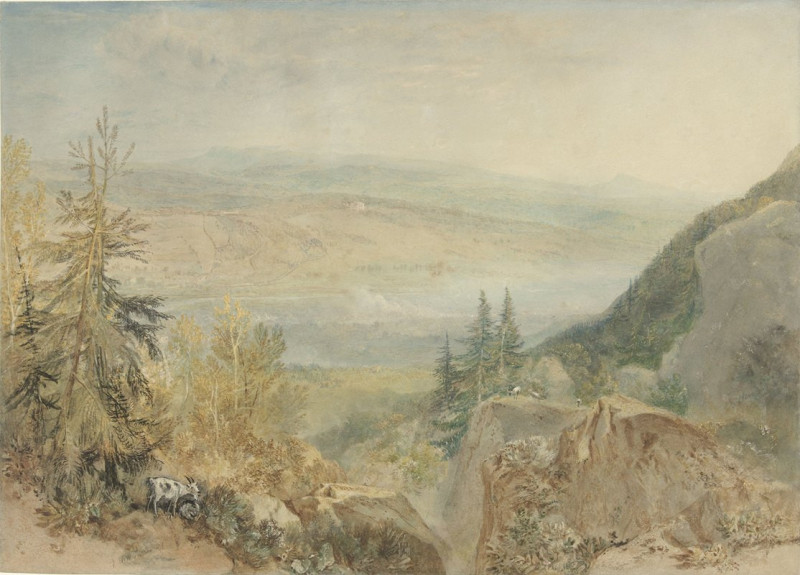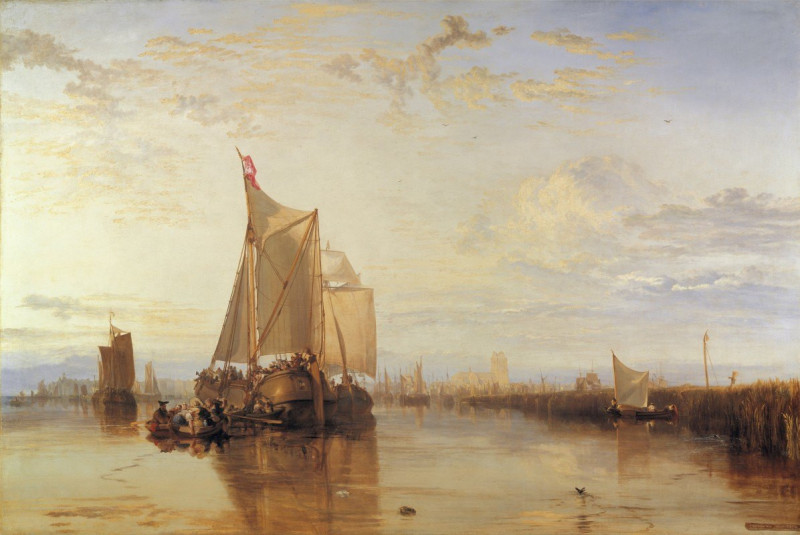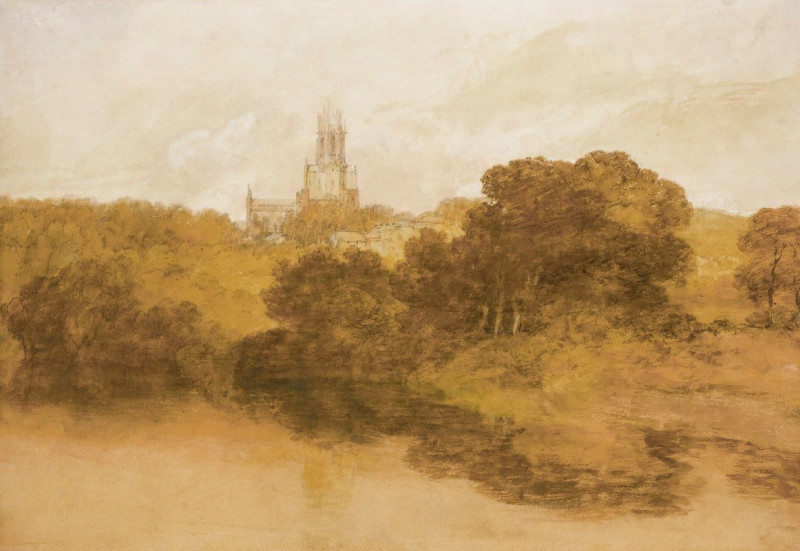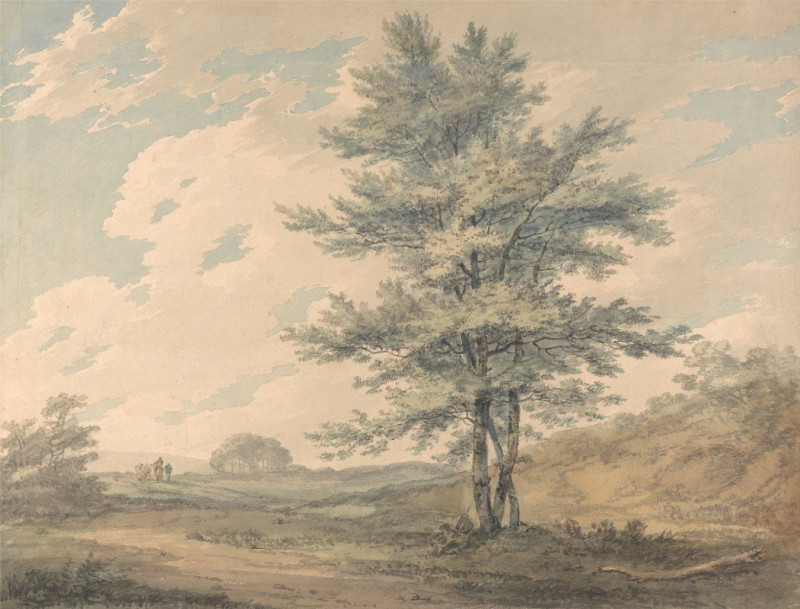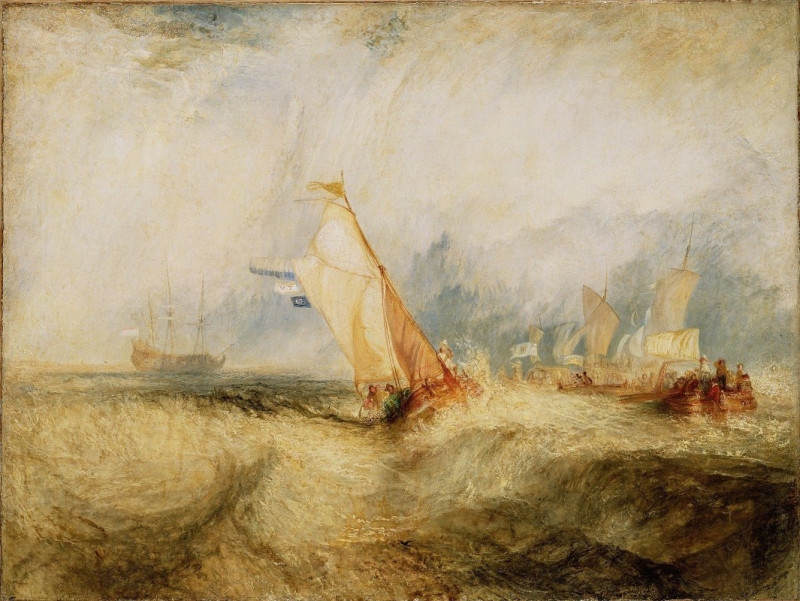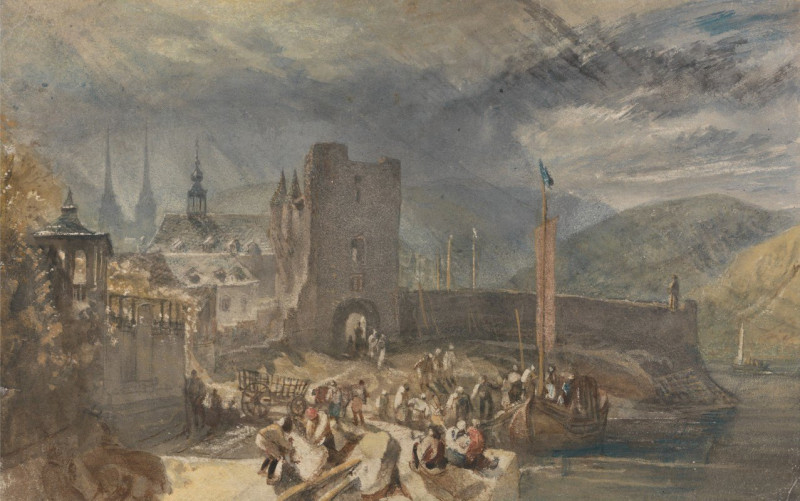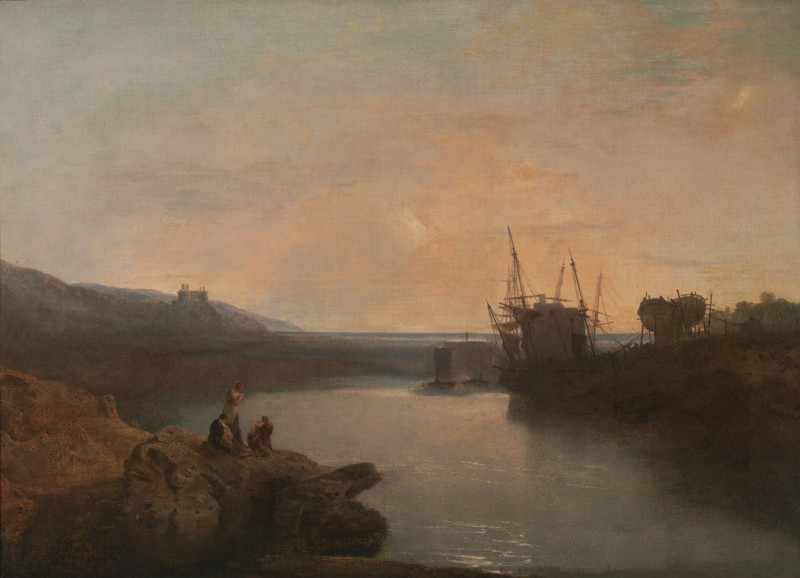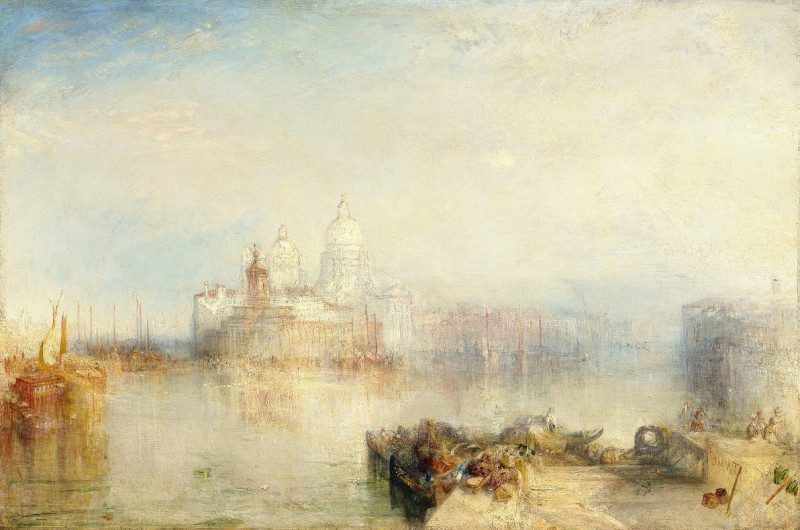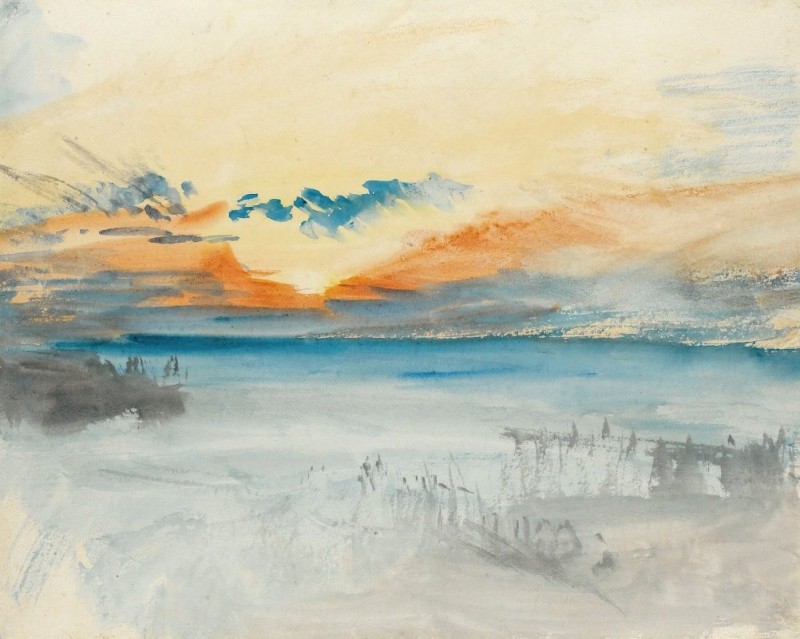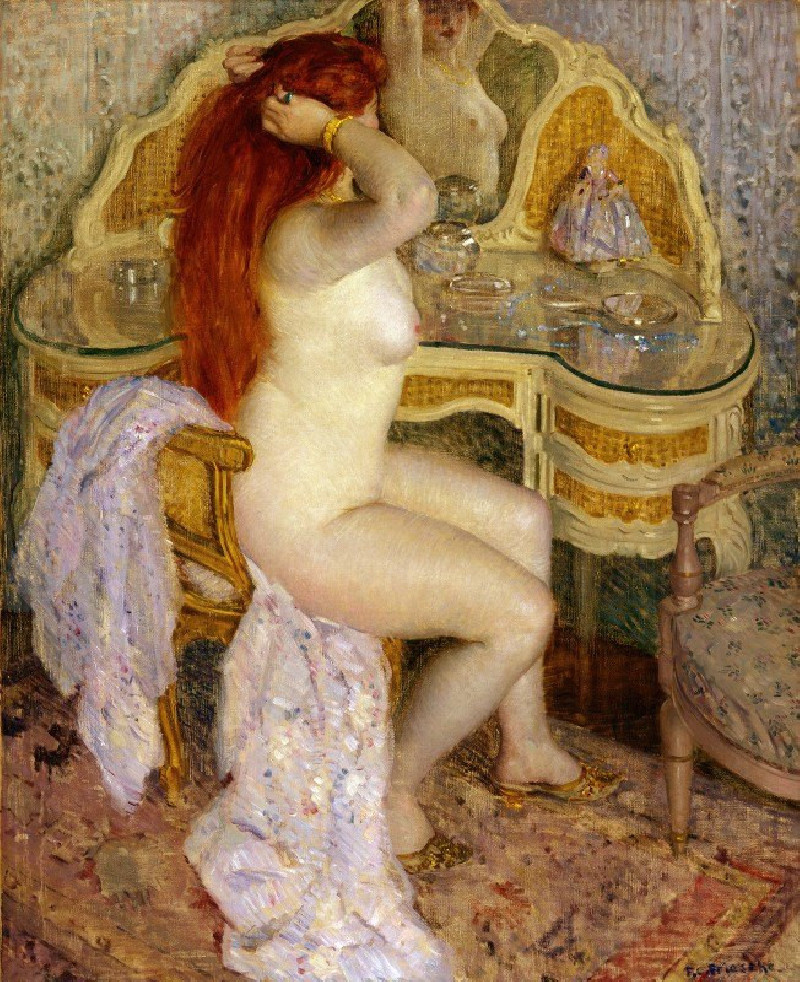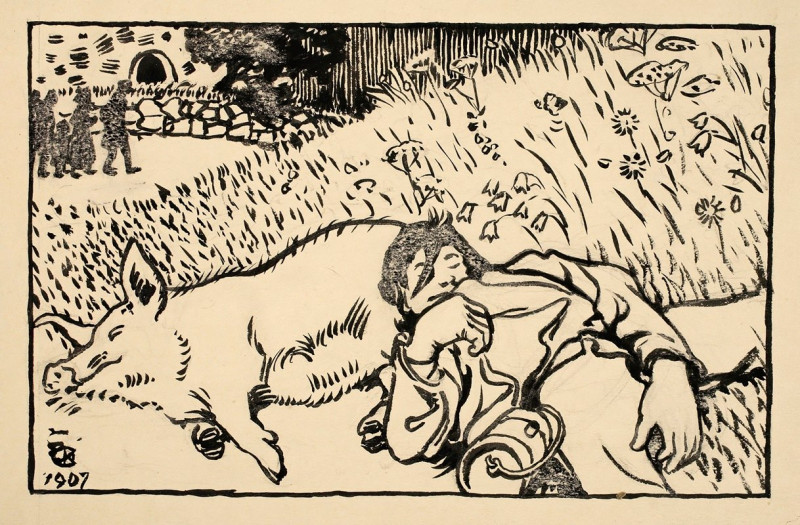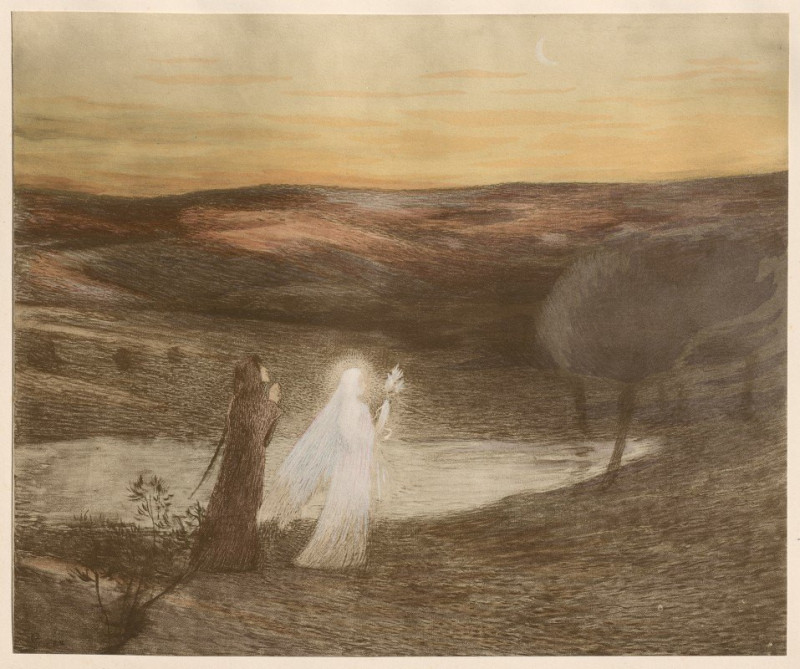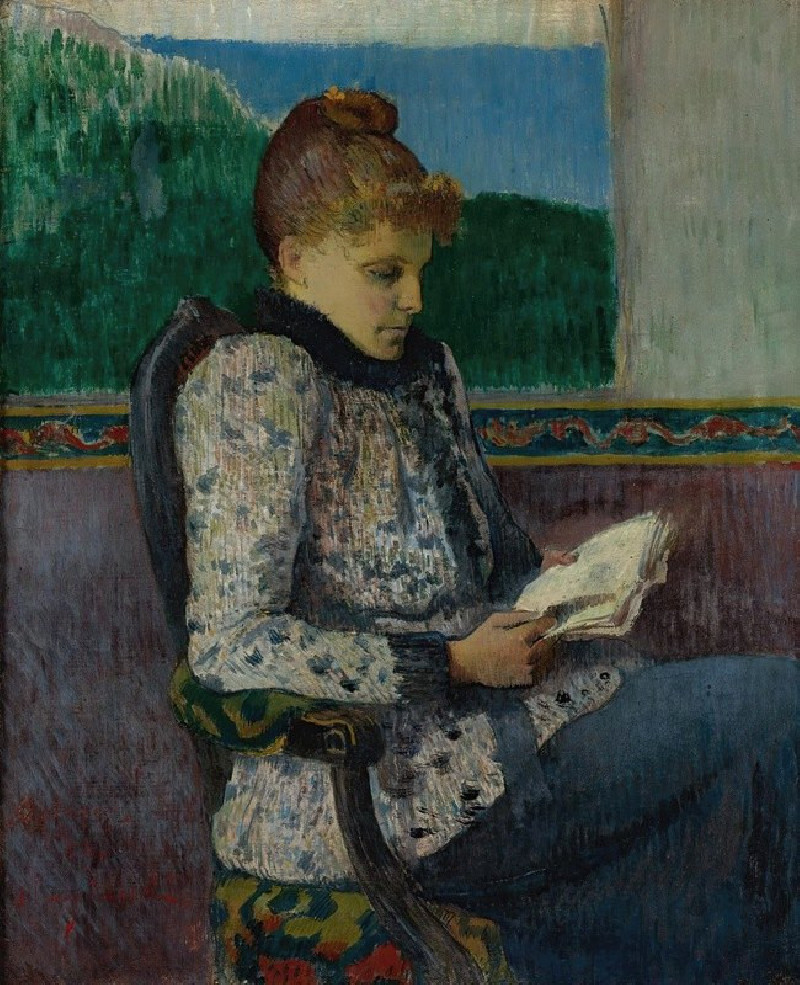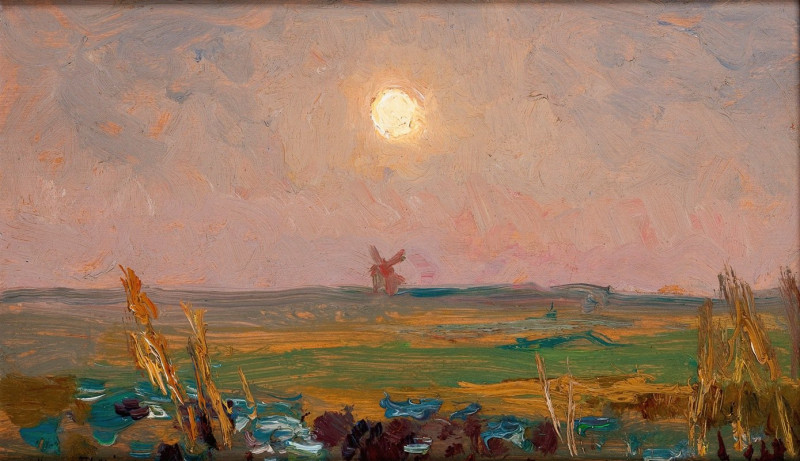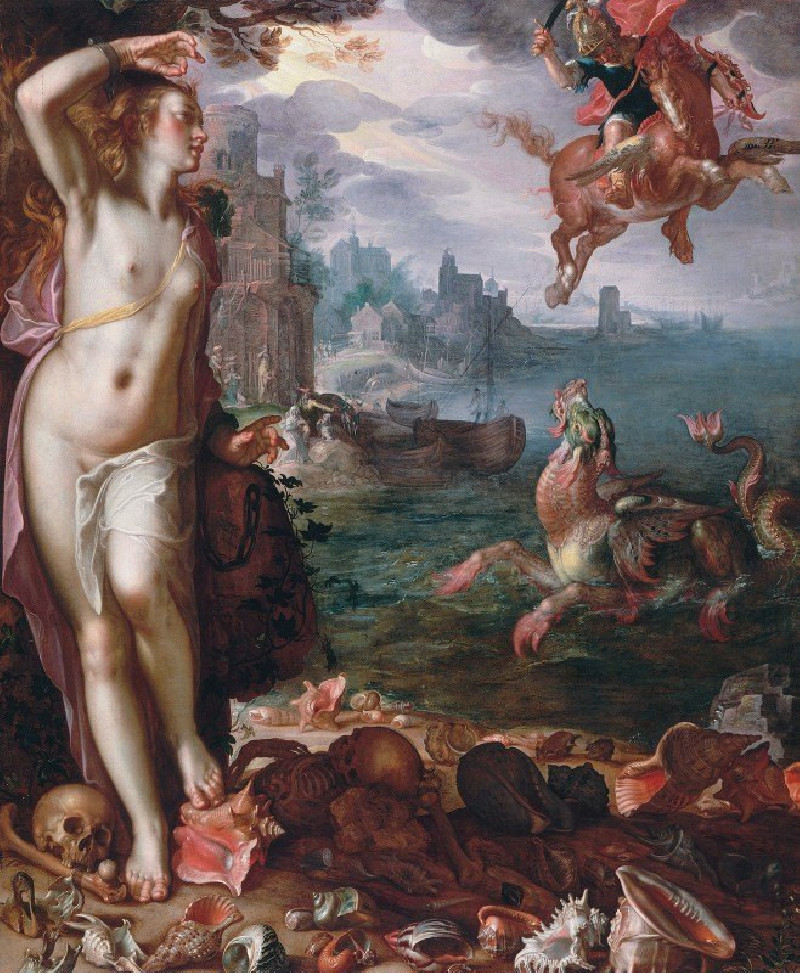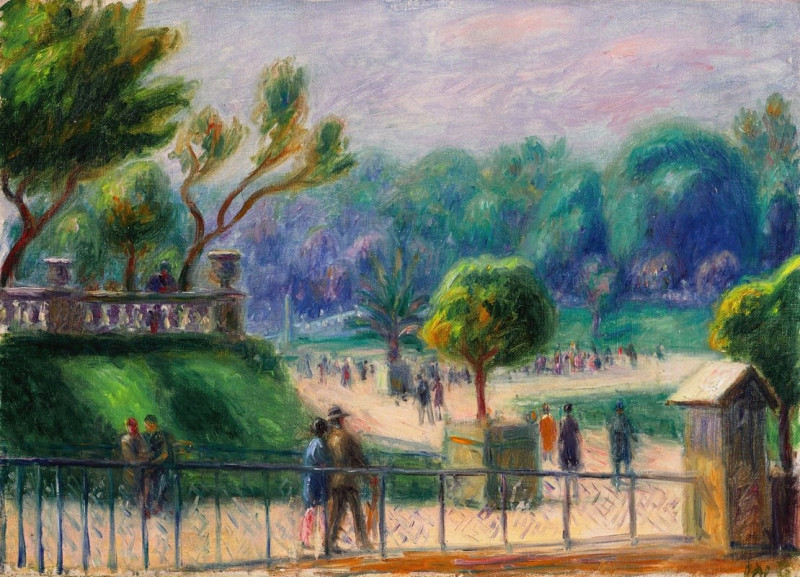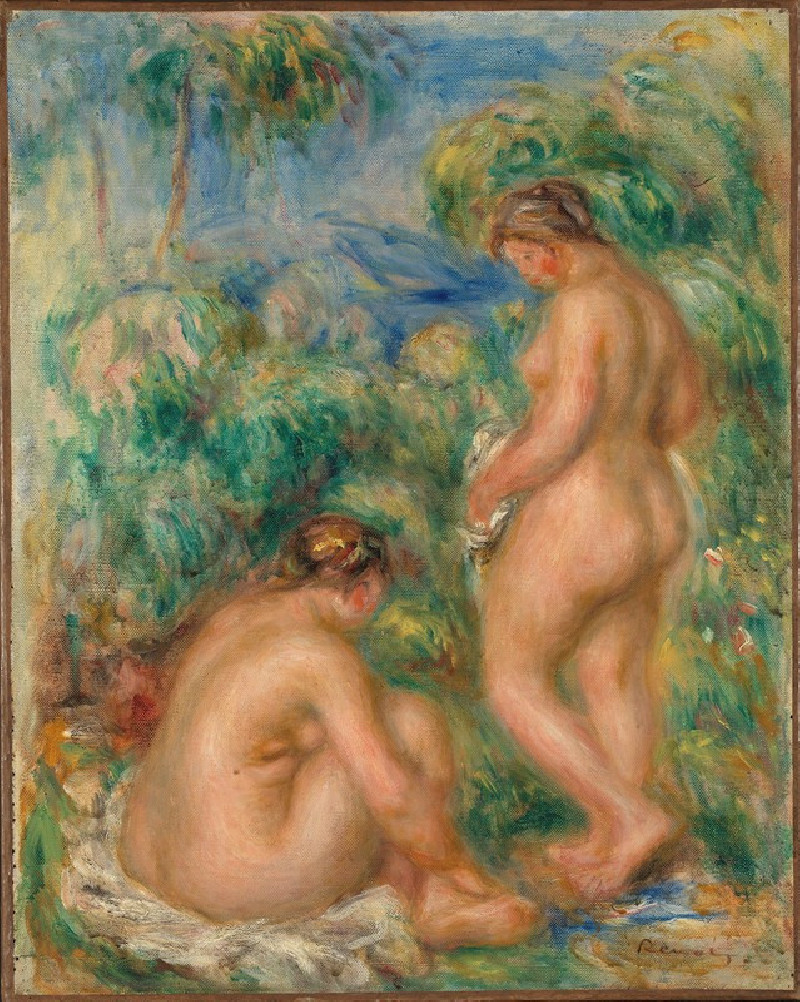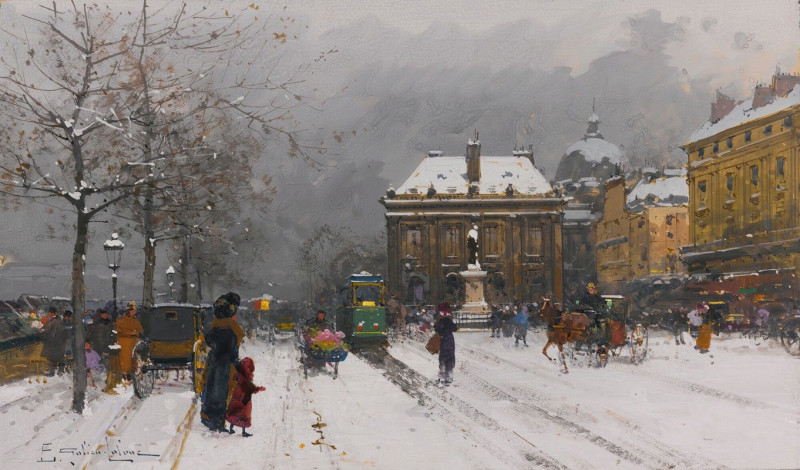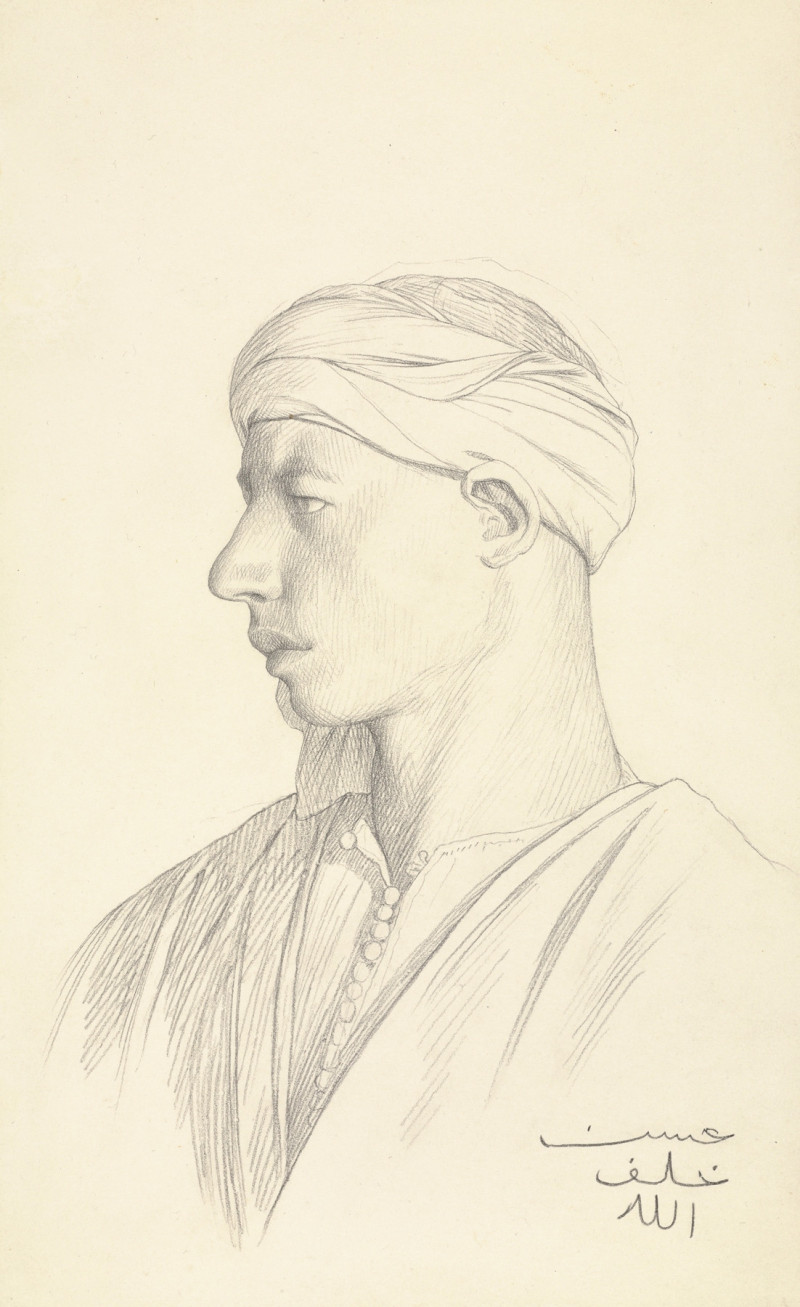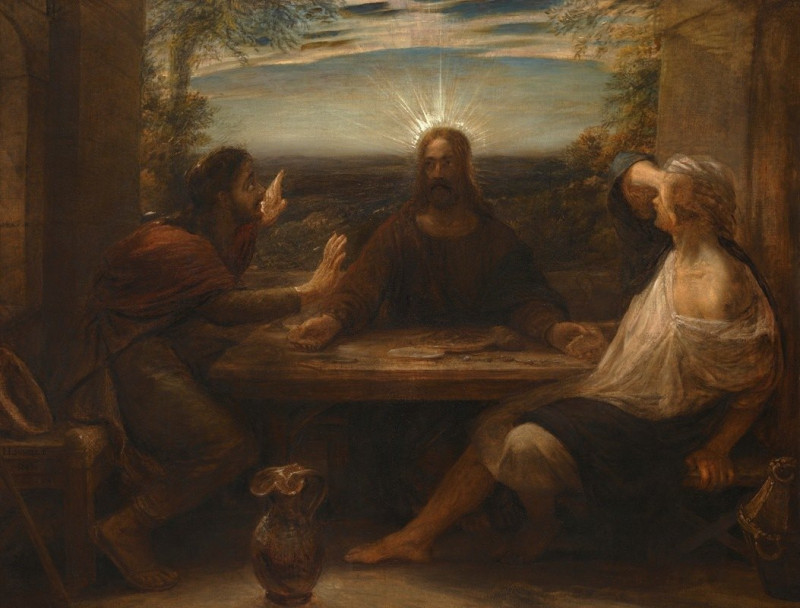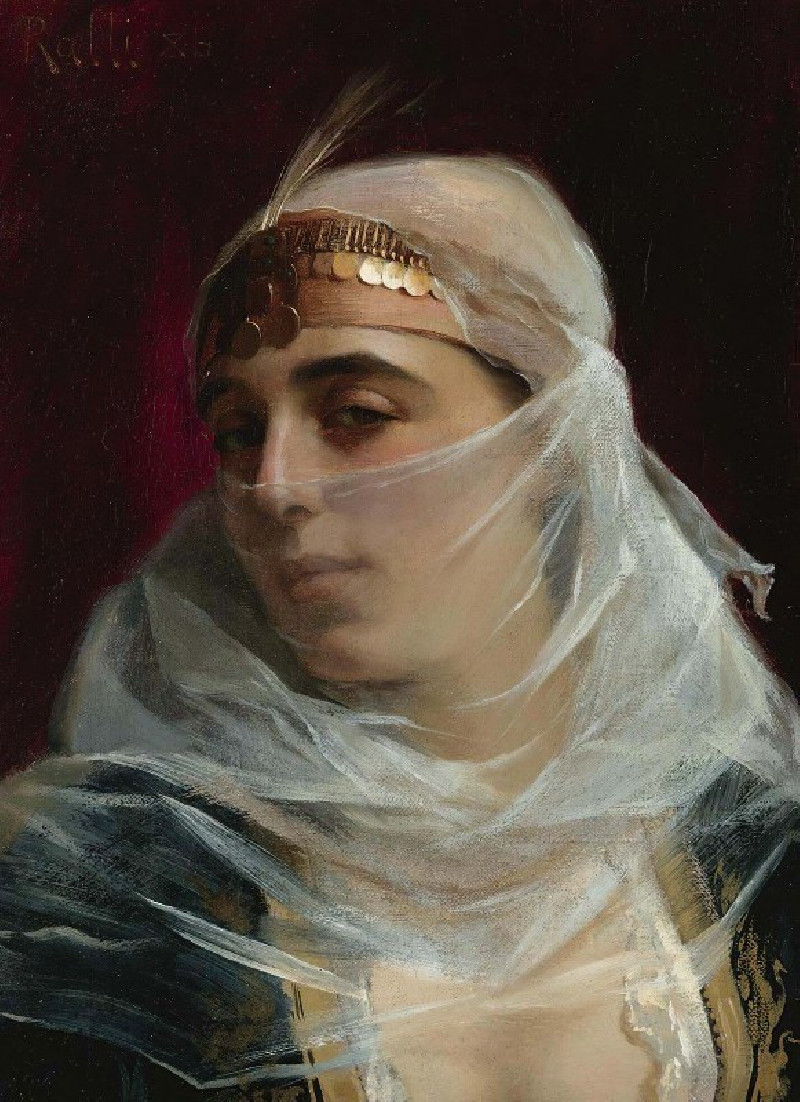Lake Avernus: Aeneas and the Cumaean Sybil (1814 and 1815)
Technique: Giclée quality print
Recommended by our customers
More about this artwork
"Lake Avernus: Aeneas and the Cumaean Sybil" is a captivating painting by renowned artist Joseph Mallord William Turner, created between 1814 and 1815. This artwork masterfully blends the natural beauty of the Italian landscape with the rich narratives of classical mythology, particularly drawing from Virgil's epic, the Aeneid.In this painting, Turner depicts a tranquil yet mysteriously atmospheric scene set around Lake Avernus, a place historically believed to be the entrance to the underworld in Roman mythology. The foreground is alive with the figures of Aeneas, the Trojan hero, accompanied by the prophetic Cumaean Sybil, both central to the story of Aeneas’s journey to the underworld.The composition is thoughtfully arranged to guide the viewer's eye across various elements that enrich the narrative. On the left, a dilapidated structure adds a sense of age and decay, contrasting vividly with the lush, almost otherworldly greens and blues of the lake and distant hills. In the center, the figures of Aeneas dressed in a white tunic, and the Cumaean Sybil, depicted in deep reds, engage in what appears to be a significant and solemn moment just before their descent into the underworld.Enhancing the ethereal quality of the scene, Turner's use of light casts a soft glow over the landscape, beautifully capturing the early hours of the day and giving the painting a dreamlike and timeless quality."Lake Avernus: Aeneas and the Cumaean Sybil" is not just an art piece; it is a portal to the storied past, offering a visual feast that bridges the gap between the mythic and the magnificent landscapes Turner encountered in his travels.
Delivery
Returns
Joseph Mallord William Turner RA, known in his time as William Turner, was an English Romantic painter, printmaker and watercolourist. He is known for his expressive colourisations, imaginative landscapes and turbulent, often violent marine paintings. He left behind more than 550 oil paintings, 2,000 watercolours, and 30,000 works on paper. He was championed by the leading English art critic John Ruskin from 1840, and is today regarded as having elevated landscape painting to an eminence rivalling history painting.


